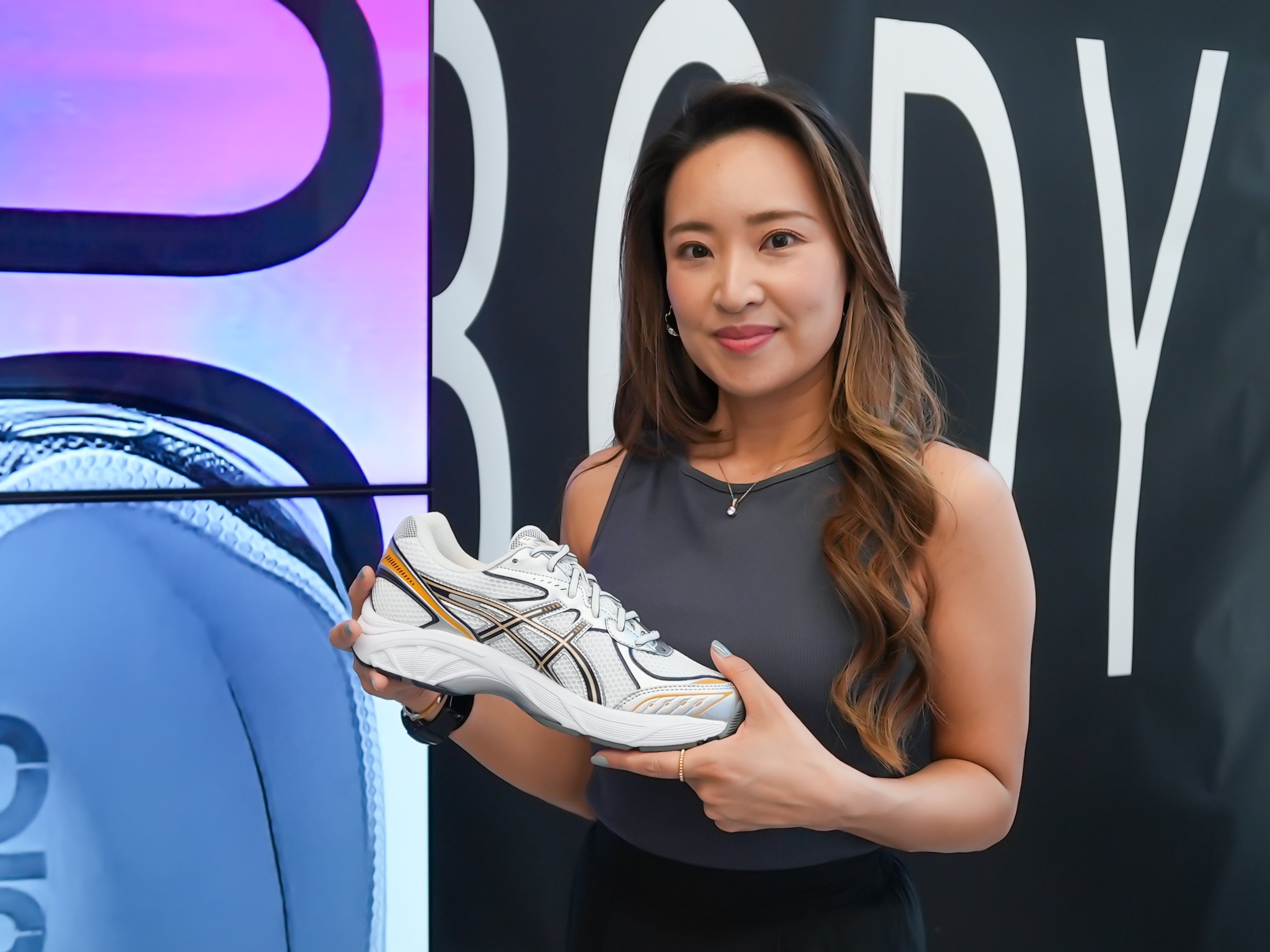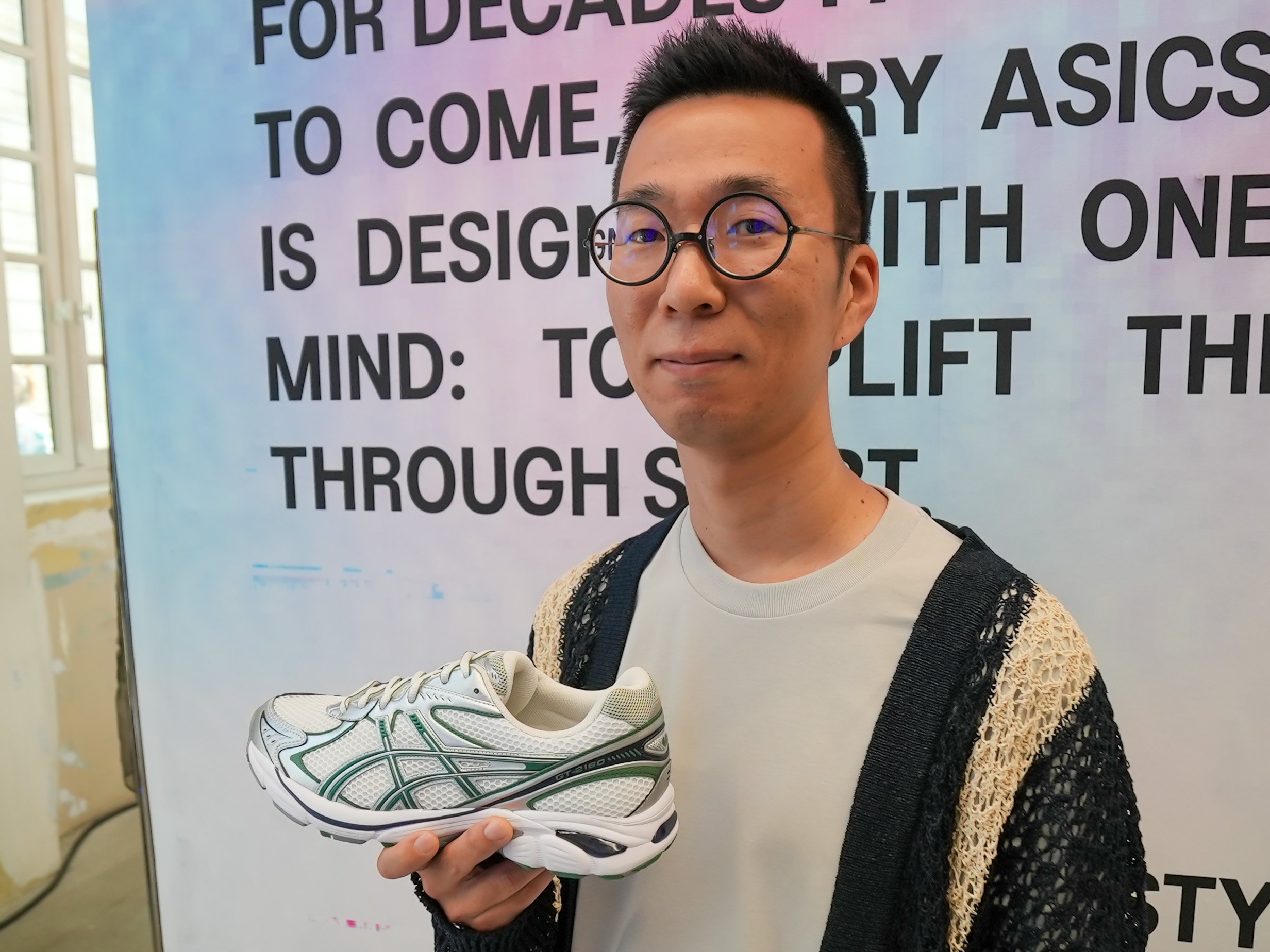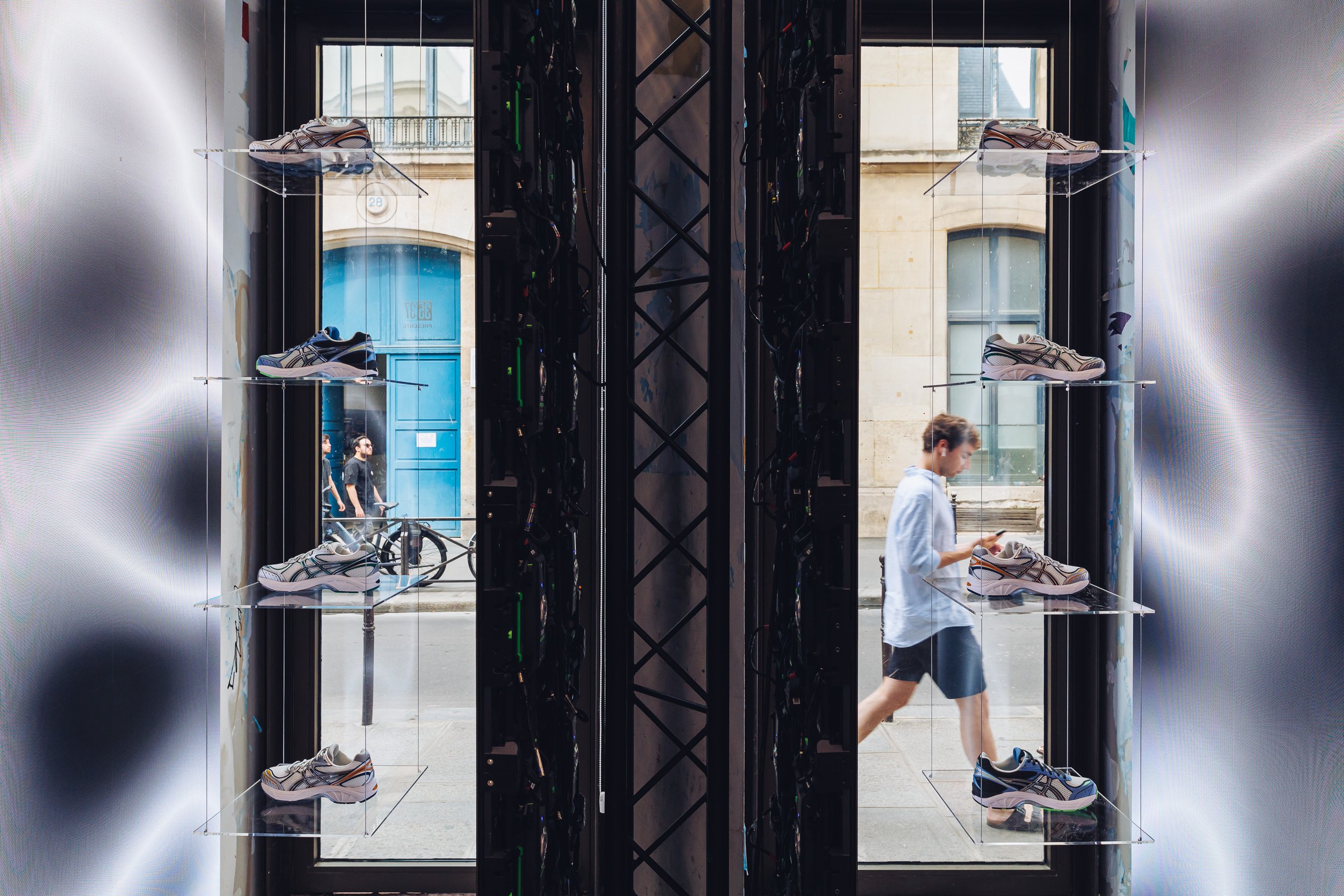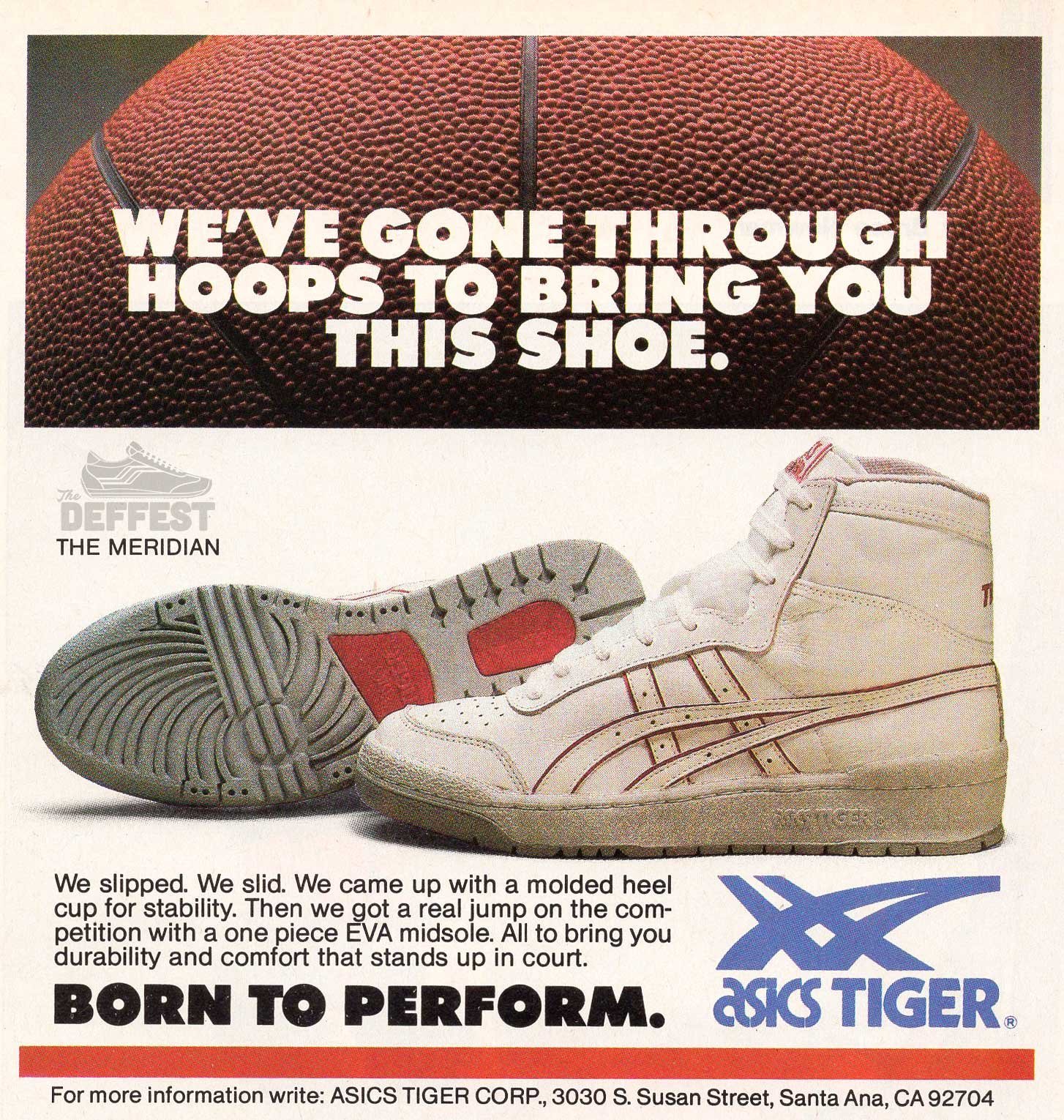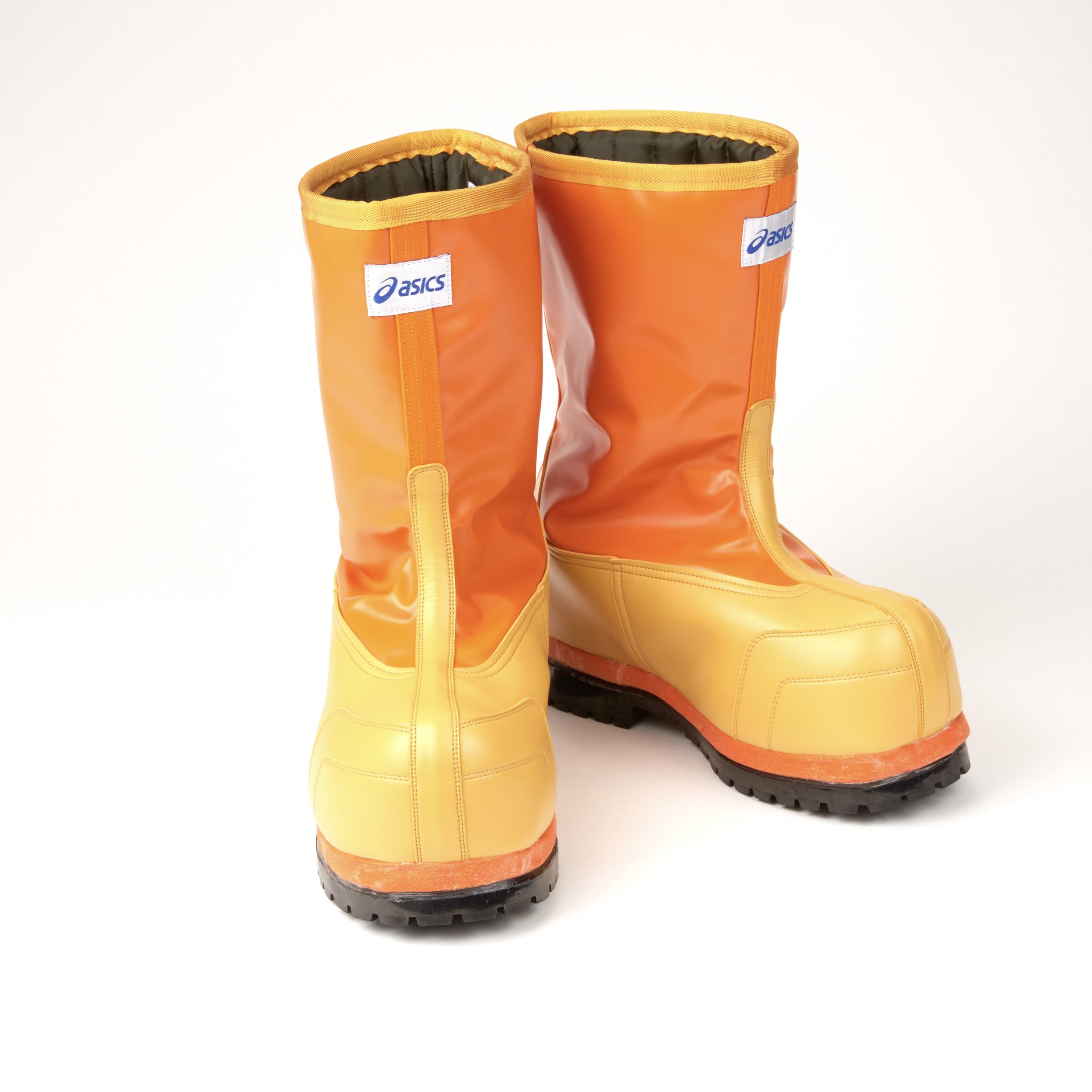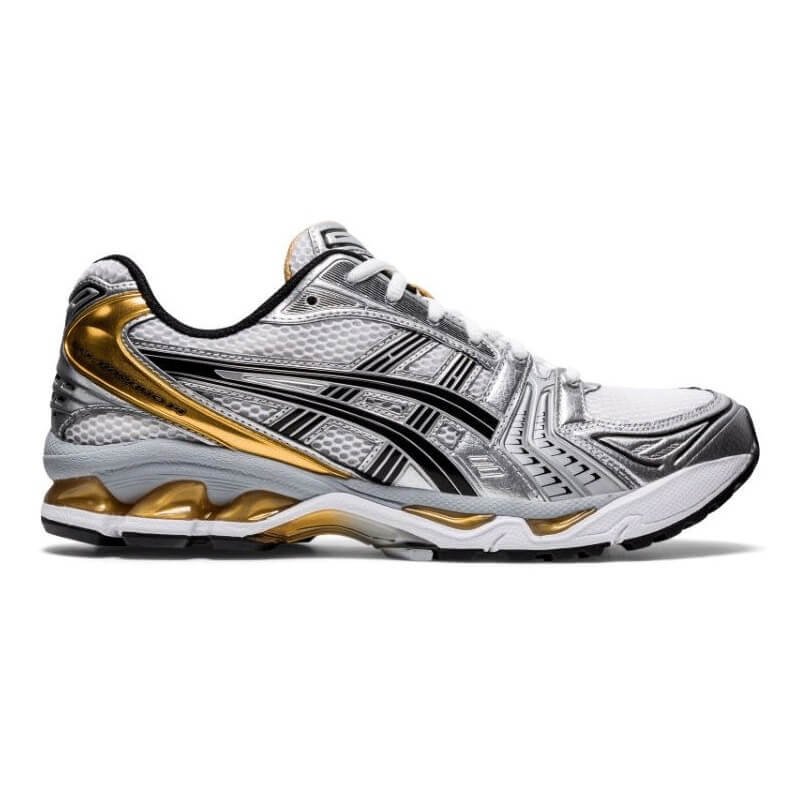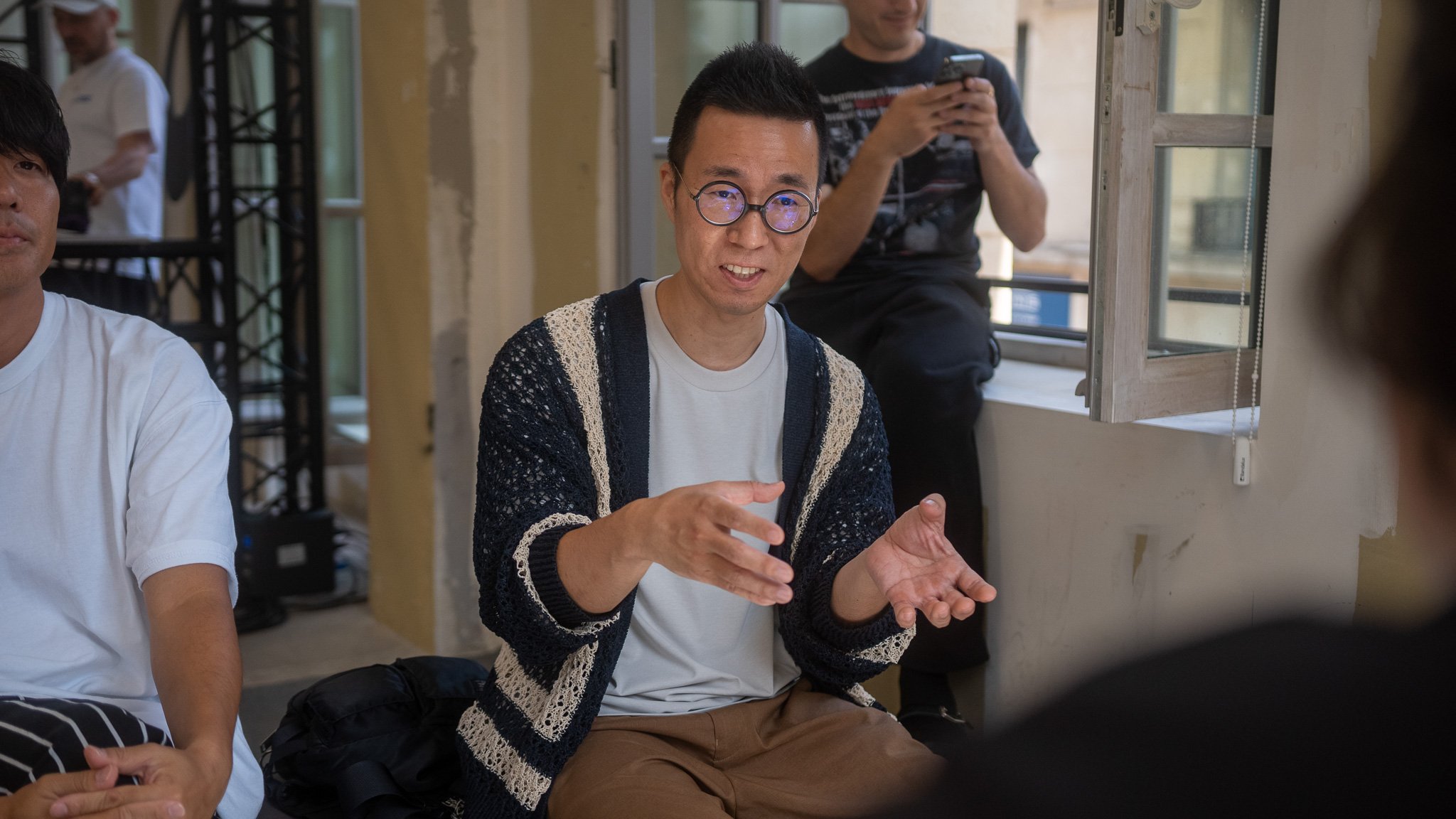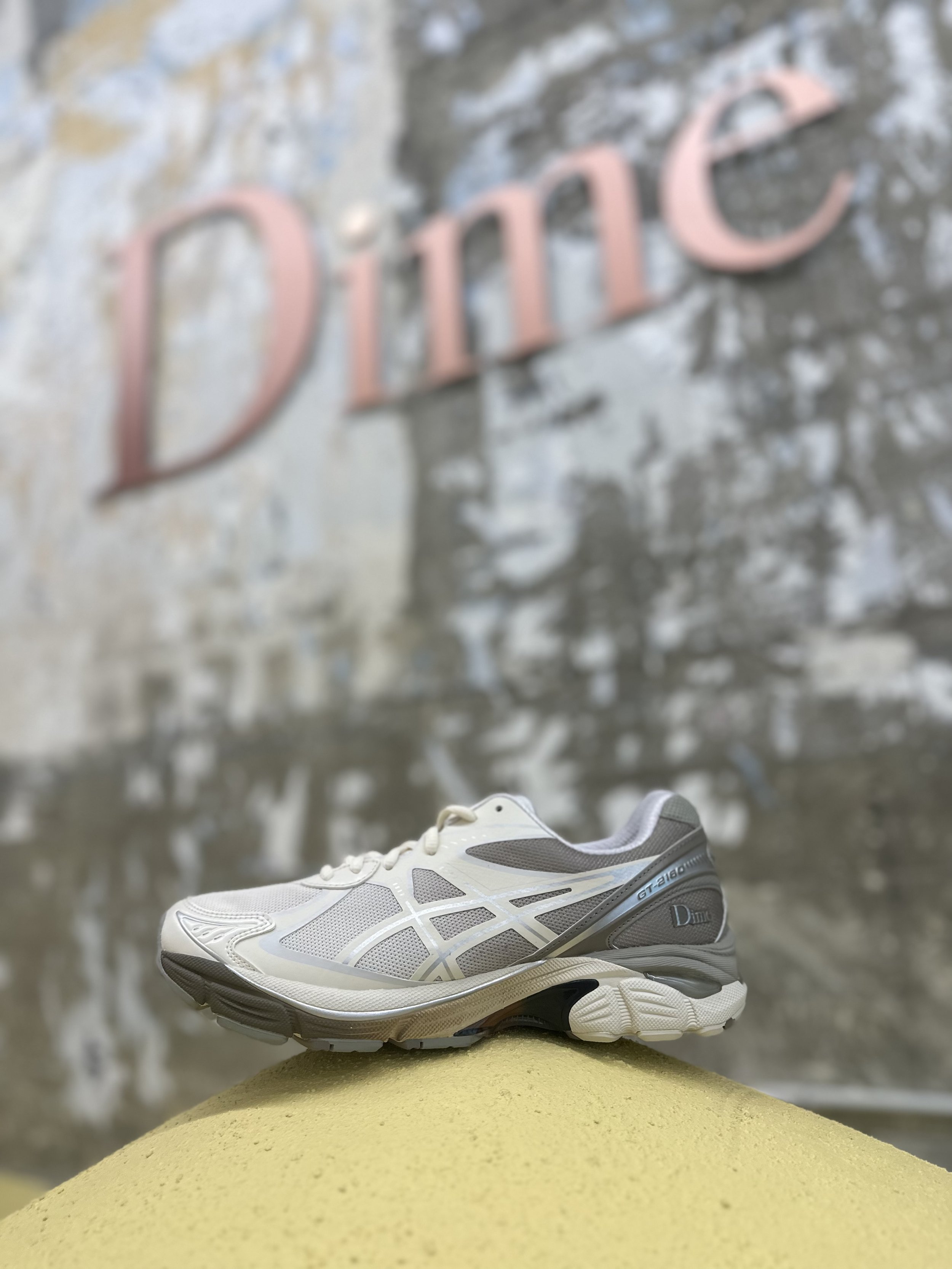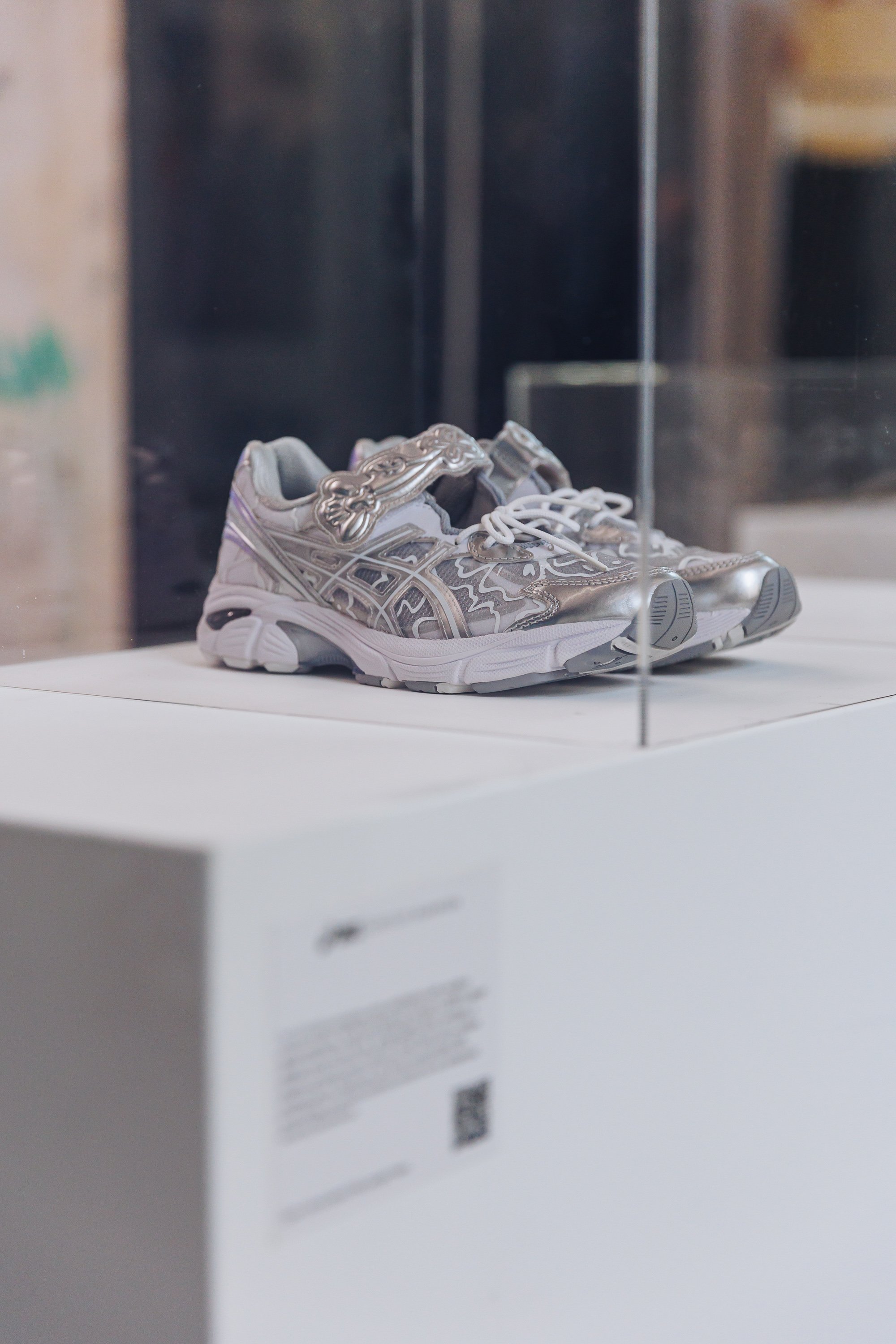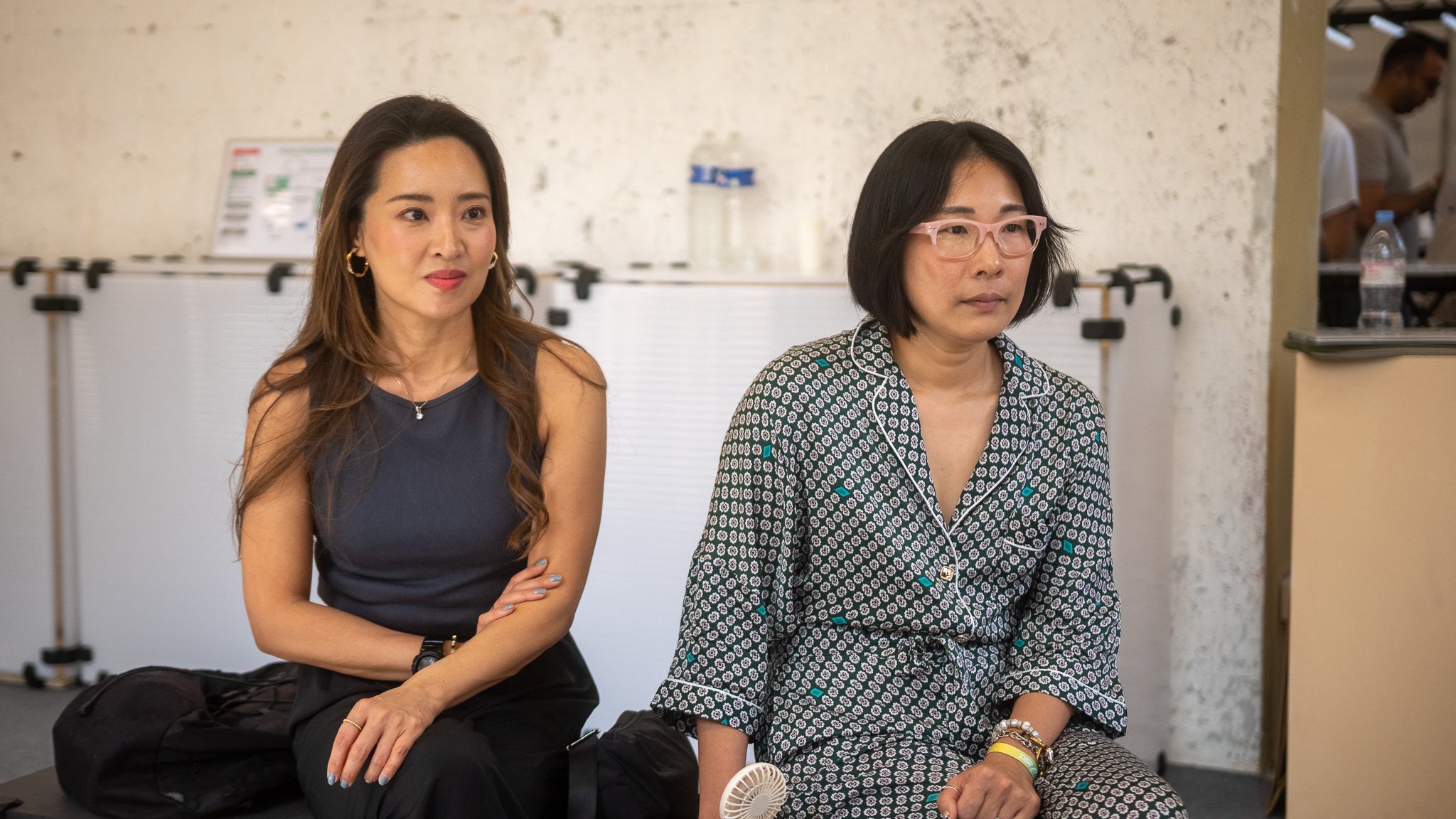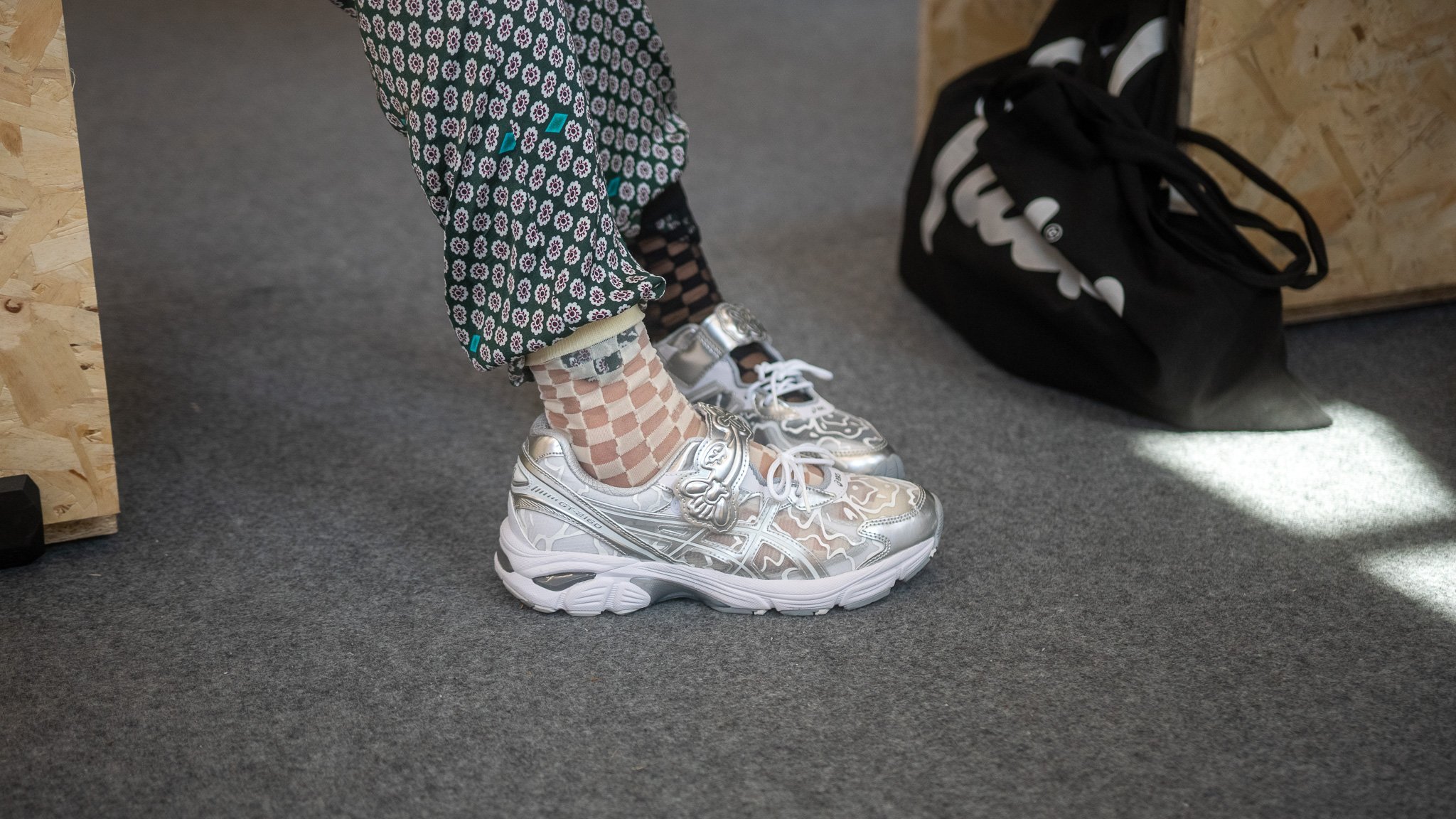The Pursuit Towards Perfection – A Talk with ASICS
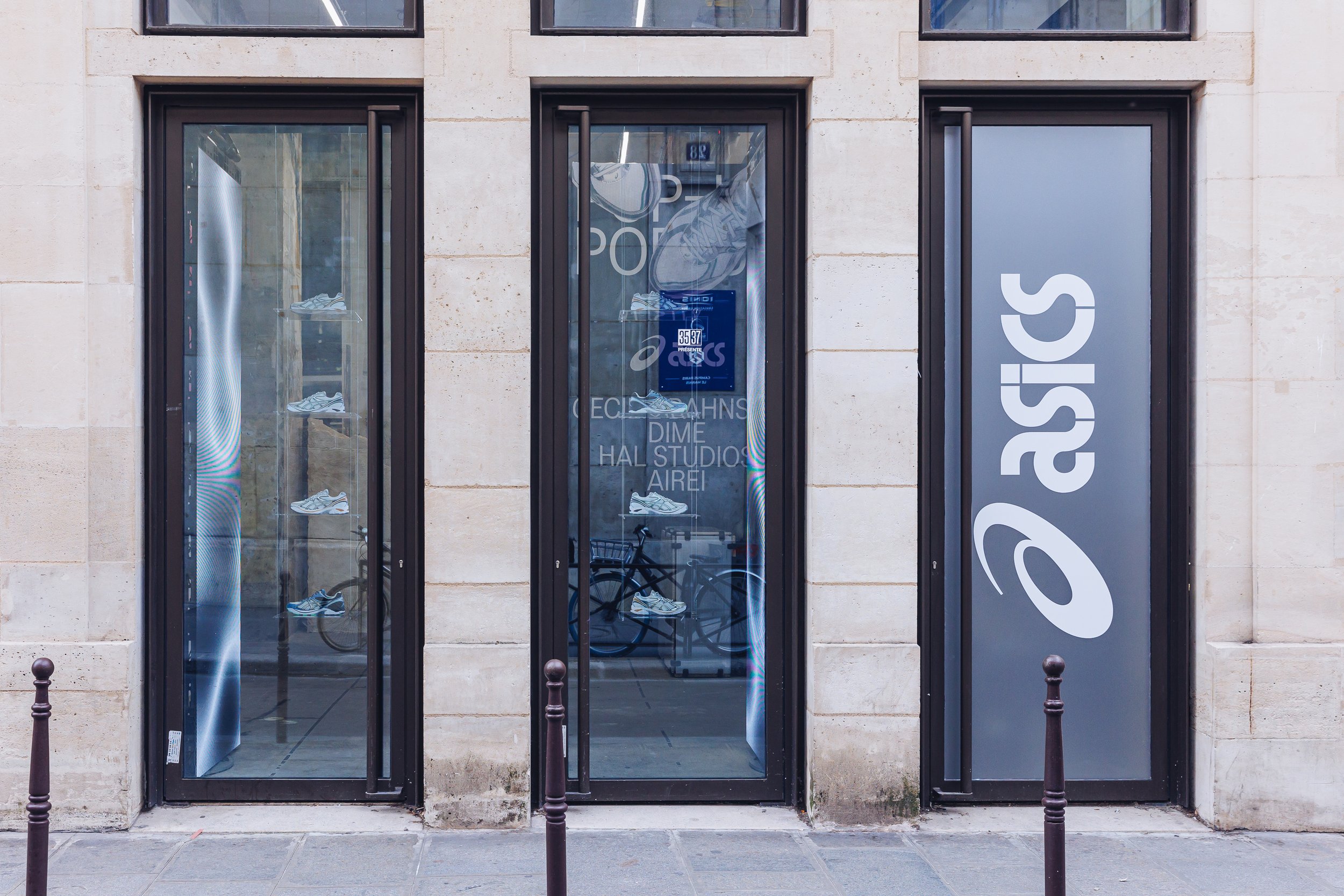
Kenichi Kawano
Japan is home to some of the most prolific and celebrated style giants, from high fashion to footwear. Undeniably some of the greatest creators of all time, be it a designer that carved a new course for trends or a brand that became the benchmark in its category, the Japanese have something special and continue to deliver on promises of perfection. This premise of craft and the constant pursuit of excellence is what has made one of Japans most beloved brands, ASICS, what it is today.
Yukari Fujiuchi
Having etched their way into the halls of fashion fame through meticulous attention to detail and unwavering dedication to their craft, ASICS has rightfully claimed its title of paragon of footwear. Born in the Japanese city of Kobe, through years of development they have built a sneaker legacy like no other. With a varied and vast portfolio of fans, ranging from fashion aficionados, hungry for collaborations such as the Kiko Kostadinovs creations, or the ultimate athlete, longing for the sneaker that gives them that extra inch, ASICS is the true peoples champion in the sneaker industry.
Mikiya Miyamoto
Not built by chance, but rather expertise, this footwear empire lies on the foundations of over 70 years of research, development, trial, error, and monumental success. With ASICS being founded in 1977, the story starts much earlier with Onitsuka Tiger in 1949. As founder Kihachiro Onitsuka's first venture, ASICS would become the spiritual successor to these original ambitions and would move on to reach even higher heights.
Jimin Weatherly
Now, 46 years after its original debut, ASICS is just as important today when it comes to design and innovation as it was since its debut. From introducing GEL technology, reimaging the capabilities of runners, and enabling more powerful and comfortable performances, to partnering up with some of the most proactive and progressive design talents in the modern era, completely rehauling our concepts of collaborations, ASICS was, is, and will be a leading runner.
A brand such as this cannot simply be dissected through research, so instead, as part of our ongoing series with designer, Luca Hamers, we sent him out for an exclusive interview with the design team of ASICS – next generation meets pioneers. Talking to Kenichi Kawano, Manager of the Design Direction team, Mikiya Miyamoto, Senior designer, Yukari Fujiuchi, SMU Footwear Senior Developer, and Jimin Weatherly, Colour Design Manager, we present you a thorough and in-depth guide into the ASICS universe like no other.
Thank you for taking the time to speak with us. First of all, could you please introduce yourselves to our audience?
My name is Kenichi Kawano from the Design Direction team. I work for the SMU [Special Make Up] in colour and material.
ASICS is one of the most iconic and recognizable shoes on the market. What are the key elements and design principles that define the brand's design language, in your thoughts?
It's not only one thing but a combination of different things. Most importantly, good execution. Not only on the design side but on the side of comfort. Our shoes have comfort and design combined. It is a dual relationship I think.
ASICS is founded in Japan and still has its head factory in Kobe. How is this embedded in ASICS’ DNA?
Coming from Japan, originally from Kobe, the designs maintain authenticity. They carry Japanese craftsmanship, high-level experience and exceptional quality. I think that's what comes from Japan, personally.
What were some of the early inspirations for the ASICS design, in terms of both visually and functionality?
At the base-level its always technology. Technology developed from genuine research and learning. We have the ASICS ISS [Institute of Sport Science], which is a sort of laboratory for all things sportswear technology.
We’re always thinking about how we can optimize our SportStyle footwear which focused more on lifestyle from technology-based performance footwear. For example from our running footwear or comfort. So in our design process, technology always comes first. And then we translate that into the more visual aspects of design, and how they might fit within broader styles, tastes or trends.
With ASICS being pioneers in the footwear industry, can you tell us a few examples of designs that ASICS implemented which helped innovate the industry standard?
In terms of colour design, I think we set a bar in the industry, and we set that bar very high. In terms of design, I think there are so many foundations and strategies and rules that you need to learn and having that foundation is a big part of ASICS.
We historically have a strong archival foundation from many sports categories, such as running basketball and tennis shoes from the 80s. That means we can break the rules from what we have and interrupt the market with developed shoes because we have the license to do so. So I feel like that's how we put the standard out there in a way that’s different from any other kind of brand.
Asics basketball shoes from the 80s
In terms of design, our designers focus on the smallest details, even down to one-millimetre differences. That precise attention to detail is connected to every element of the design of each sneaker - the silhouette and everything. It is incredibly high level. I think that's why we are regarded as such a timeless and uniquely designed brand.
ASICS has one of the most diverse catalogues of shoes on offer. From the likes of the W-DX-2 to the classic KAYANO line, how do you ensure consistency in design across all these diverse shoe models while still allowing unique characteristics and features?
ASICS W-DX-2
ASICS GEL-KAYANO 14
One of the most important characteristics of ASICS comes from the philosophy of our founders. This philosophy underlines everything we do, no matter how much difference you see across our styles. Our main philosophy is ‘Sound Mind, Sound Body’. Everything we do, across all our styles, links back to that, That way we really bring a quality of experience to our consumers. Connecting with our consumers is key. No matter how much difference you may see, everything links back to this philosophy.
Our design and product development team acts based on idea of ‘Kaizen’ - The Japanese approach of creating relentless innovation by making small, ongoing positive changes - so we are constantly developing existing models. So we continue to have a small link between one model and the next. In that case, our direction is almost always the same. This is paired with the way our consumers’ preferences differ and change over time.
Sometimes, they want more cushioning. Or they want more sustainable materials. Of course, consumer preferences and our brand direction come to coalesce in the products we create. We have to focus on that dual relationship between the two. The result is that our products will share lots of similarities across different generations. But simultaneously, our products have to change and develop as the consumer changes and develops.
With so much diversity on offer, what would be your favourite model of the show? Personally?
My favourite has always been GEL-LYTE III from the past. But lately, I've been very crazy about GEL-KAYANO 14. I've been collecting all the colours. And I think my future favourite will be the GT-2160.
ASICS GEL-KAYANO 14
ASICS GEL-LYTE III
Recetly, I love the GEL-QAUNTUM KINETIC model which will launch this summer globally. This is kind of a past version of the more updated GEL model. This model is more lifestyle-oriented than the GEL Quantum and some other models in the GEL range, for example, are more performance-based. But the KINETIC is more diverse and is constructed to focus on everyday lifestyle and not running. So, it's a good step up for the category.
With ASICS being at its core a functional sportswear brand, how do you balance the aesthetic appeal with performance in the shoe design? So, what considerations do you take into account to balance both of these aspects?
So, for our performance and running models, their strength and focus are functionality. The visual comes after. Although, of course ASICS SportStyle must consider the balance between the two. At ASICS, however, there is more tailoring towards the performance and functional needs of our consumers. The balance between aesthetic appeal and performance emphasises the functional side a lot more than our competitors.
Can you elaborate on the research and development process with ASICS? We want to know how you continue to improve these things that are in our minds already fantastic. What's the process like for you guys?
We have bases in Boston, L.A., around Europe, and of course in Tokyo and Kobe. We have a total of 5 places, and each location has design team and product development team working closely with each of the native teams. This means we have a global perspective on how each market is different, and what kind of new trends are emerging - and, of course, how all those different trends might feed into one globally designed direction.
In terms of the development process, all our designs are developed and tested through our Institute of Sports Science. We have that kind of facility in Kobe as well. So, we do all the research on how people move, distribute their weight and pressure and that is only to mention a few. So many elements and layers of research come together in each design, from market information to design innovation to testing.
Could you describe the testing and the prototyping process that you do? How do you ensure that the final product meets the brand's performance standards?
That’s a Japanese top secret! But in short, we essentially make several types of samples to always check functionality, material properties or movement, just to mention a few. So there are several processes which come together and establish our standard. Our standards are very high.
ASICS are the real kings of finding genuine, valuable, collaborative partners from the likes of Kiko Kostadinov and Anderson Bell. It really feels like ASICS collaborations are designer-led rather than pursuing any sort of hype. What is the process when choosing these collaborative partners from a design perspective and what boxes do these people need to tick that you work with?
We like to connect with the consumer from a more culture-oriented perspective. So, as well as fashion and sneakers, we like to focus on the culture surrounding music, art, fashion, cars and bikes. Of course sports as well .
For selecting a collaborator we have some elements that we look for - and actually, this is confidential information so we can't really share it with you. We highly value the individuality of our partners as it fosters the creation of distinctive designs. However, we have our founding philosophy ‘Sound Mind, Sound Body’ therefore, we skillfully maintain consistency by integrating the message of "Sound Mind, Sound Body" into our work.
And then what does the design process look like when you're working with these collaborators? Is there complete free reign for the designer, or is it a give-and-take relationship?
The way the design process is carried out changes depending on the partners, but we believe that the most important thing is to respect each other and bring out the best in each of them, which will lead to the best possible result.
And then finally, we want to ask you, what's next for ASICS? Is there anything that you could share with us that you're particularly excited about and that we should keep our eye out for?
Going forward, we are planning on really providing that whole lifestyle aspect of the brand, so coming soon, maybe we will be working on something head-to-toe - that's what is so exciting about SportsStyle.
Words and Interview Curation by: Joe Goodwin
Interviewer: Luca Hamers
A special thanks to the team at Asics


